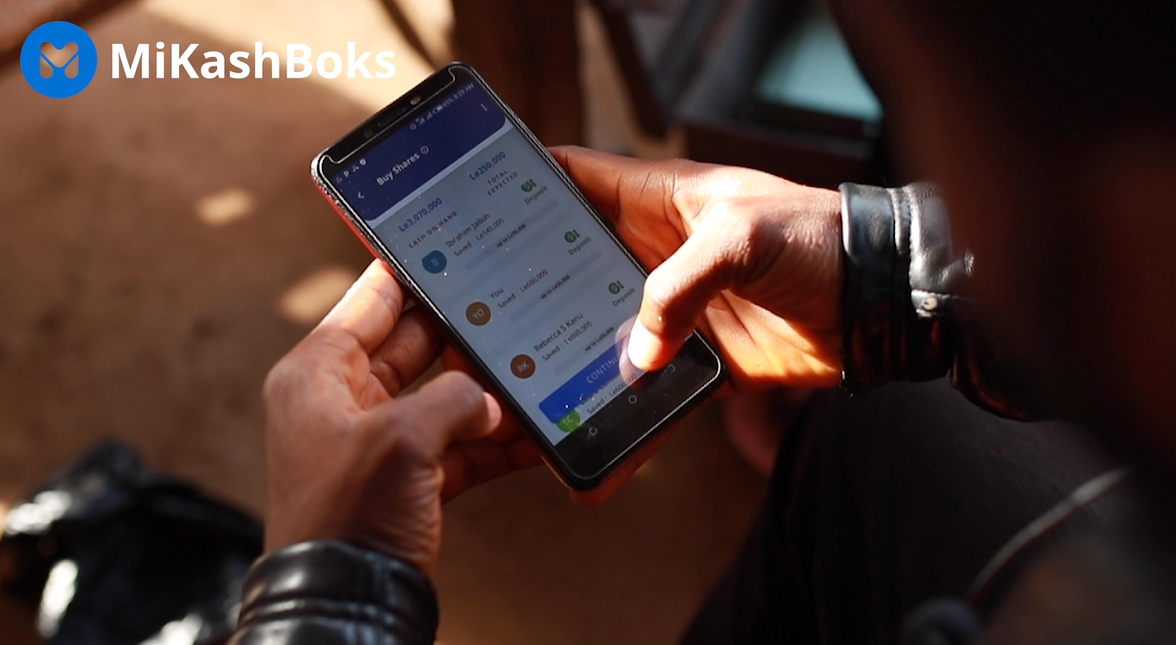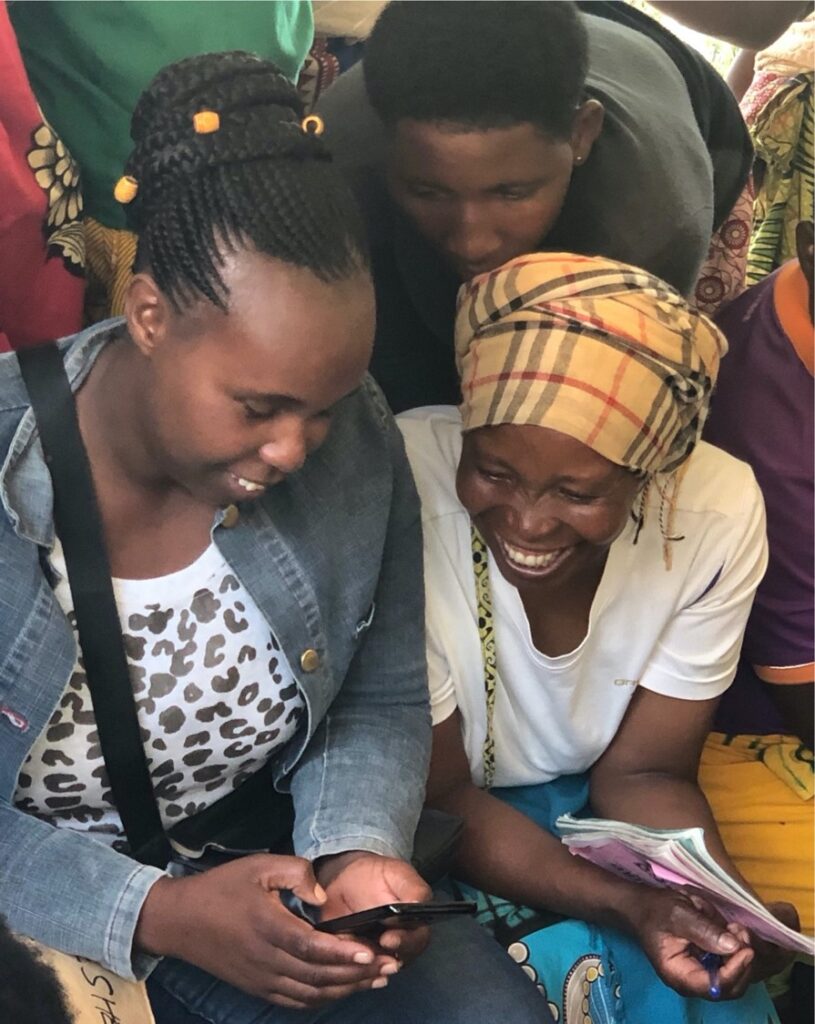Key Takeaways
- Traditional savings group programs incur high administrative costs for implementing organizations. Many of these costs can be either eliminated or reduced by digitizing. There are digitization costs to implementing organizations, savings groups, and individual members, but in the long term these costs are expected to be much lower than the savings realized.
- Being clear about the costs and benefits of running a savings group program and of digitization is key. So is taking a strategic approach to seeking dedicated digitization funding.
Take Action
- Invest in a methodical, comparative analysis of costs and benefits of digitization.
- Read a related blog post: Truth-testing (and Quantifying) the Costs and Benefits of Digital Savings Groups.
Traditional savings group programs incur high costs for implementing organizations. Most estimates range from around USD 10 per member, per year. Therefore, a program with 1,000 groups and approximately 25 members per group, could cost as much as USD 250,000 a year to operate.
These costs typically include:
- Operations and payments to local field agents and facilitators to train groups
- Supplying ledger books and passbooks to every group member
- Ongoing monitoring and evaluation of individual group progress
- Reporting on program progress.
One of the benefits of digitizing savings groups is that many of these administrative costs can be either eliminated or reduced in the following way:
- Field agents can cover more groups because calculations are automated
- Physical passbooks are replaced by information on members’ phones (sent via notifications and/or SMS)
- Reporting is automatic via an app which feeds into a central dashboard, improving accuracy and saving on staff time.
How much money does digitization actually save though? We have found that very few organizations track the line-item costs of savings group programs in the detail required to accurately calculate savings. Our educated guess is that, over time, digitization will save around 25-30% of these costs.
At the same time, there are digitization costs to implementing organizations, savings groups, and individual members which need to be considered. Depending on context, they may include:
- Licensing, hosting, and tech support fees
- Hardware (mobile phones) and data/network costs –although many apps only require one person in a group to have a smartphone, and our experience is that most groups, even in fairly remote regions, have at least someone with a smartphone
- Training groups on the specific technology used by the project
- Building staff’s and savings group members’ digital capabilities, especially if all must use phones to participate in a digital savings group
- Costs of generating and sending SMS messages
- Cost of technology integration with financial institutions
- Transaction fees if groups are integrated with mobile money or some other form of digital payments.
The annual cost per member using an app such as MiKashBoks is estimated to be less than USD 1, making digitizing groups a cost-effective solution. In the long term, the costs associated with digitizing a savings group program are expected to be much lower than the savings realized, and the total costs can be reduced from USD 10 to approximately USD 8 per member per year. Our math is as follows:
- Cost of running a program offline: USD 10 per member per year
- Savings from digitizing (long-term): 25-30% (approximately USD 3 per member per year)
- Cost of a digital program: USD 1 per member per year
- Net cost once you digitize: USD 8 per member per year.
This digitization cost-benefit analysis is an area we seek to further explore and we are open to collaborating with interested parties to conduct a formal study.
Most importantly, perhaps, we must remember that the ultimate goal of digitizing savings groups is not just cost reduction but digital and financial inclusion—bringing groups online and creating linkages to a marketplace of financial products and other services to help members save more, build credit histories and digital identities, and ultimately access formal finance. A well-designed digital platform should be able to generate most of its fees over time from the third parties that it links members to, and use this to bring down the cost to members and sponsoring NGOs.
Nevertheless, in the first year of a DSG program, because some of the aforementioned costs are set-up costs, and some of the other manual activities have not yet been reduced, there can be quite a significant out-of-pocket expense, usually to be borne by the implementing organization. This acts as a barrier to adoption, because most organizations operating savings group programs don’t have core funding that they can use to cover these costs. Digital transformation requires dedicated project funding from donors and grant-makers.
Our experience has been that many organizations like the idea of digitizing savings groups, but implementation requires a strategic approach to obtain funding. This approach can take the form of an organization accessing grants or private funding and issuing a tender for digitization services. There can be also a partnership approach where the organization and a technology provider make a joint application. An additional advantage of this approach is that it requires laying out a clear budget at the outset, which helps with the challenge of assessing the full cost-benefit.
In conclusion, we think there are three takeaways worth considering:
- Being clear about the costs and benefits of running a savings group program and of digitization. More research needs to be completed – perhaps even a formal study – to analyze it in more detail.
- Focusing on the long-term goal of financial access and creating linkages to other services rather than purely on the short-term cost outlay or cost reduction.
- Taking a strategic approach to seeking dedicated funding, particularly for the initial cost outlay.
Taking this approach should result in well-funded programs, with clear long-term goals that save implementers money and—most importantly—improve the financial and digital inclusion of program participants.
Photo credit: MiKashBoks
Related blog post: Truth-testing (and Quantifying) the Costs and Benefits of Digital Savings Groups




